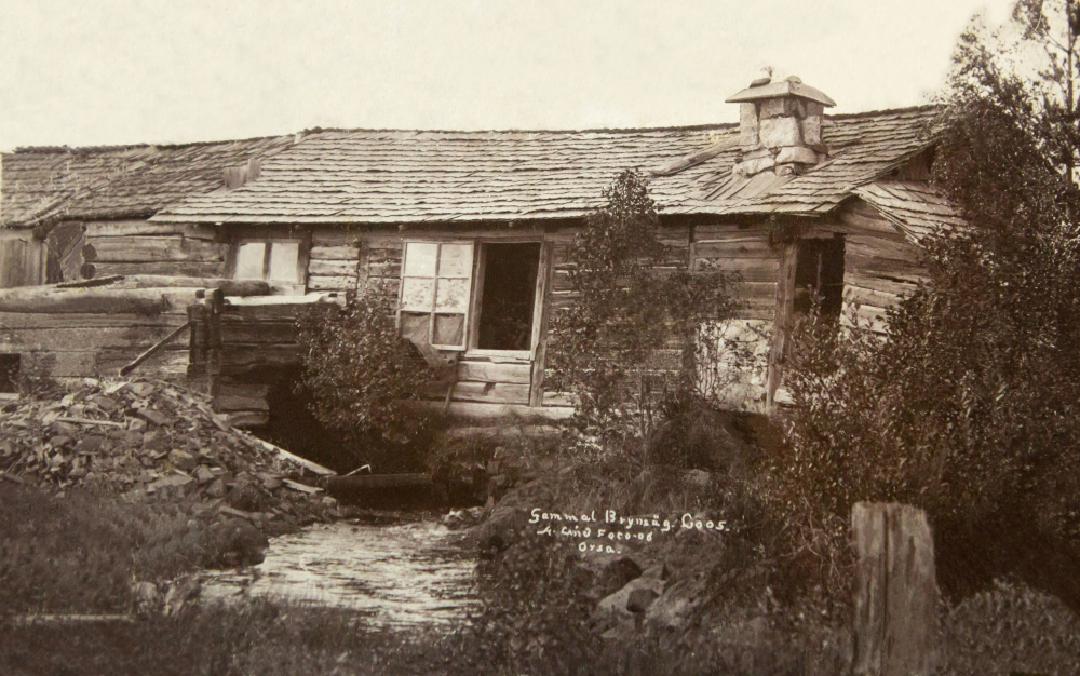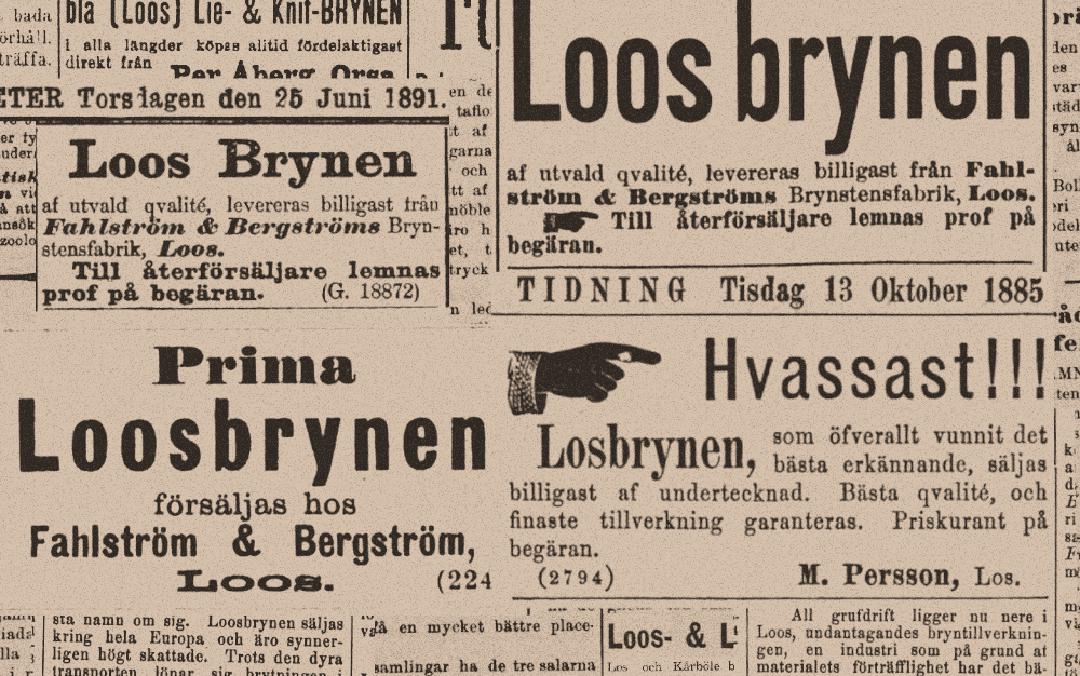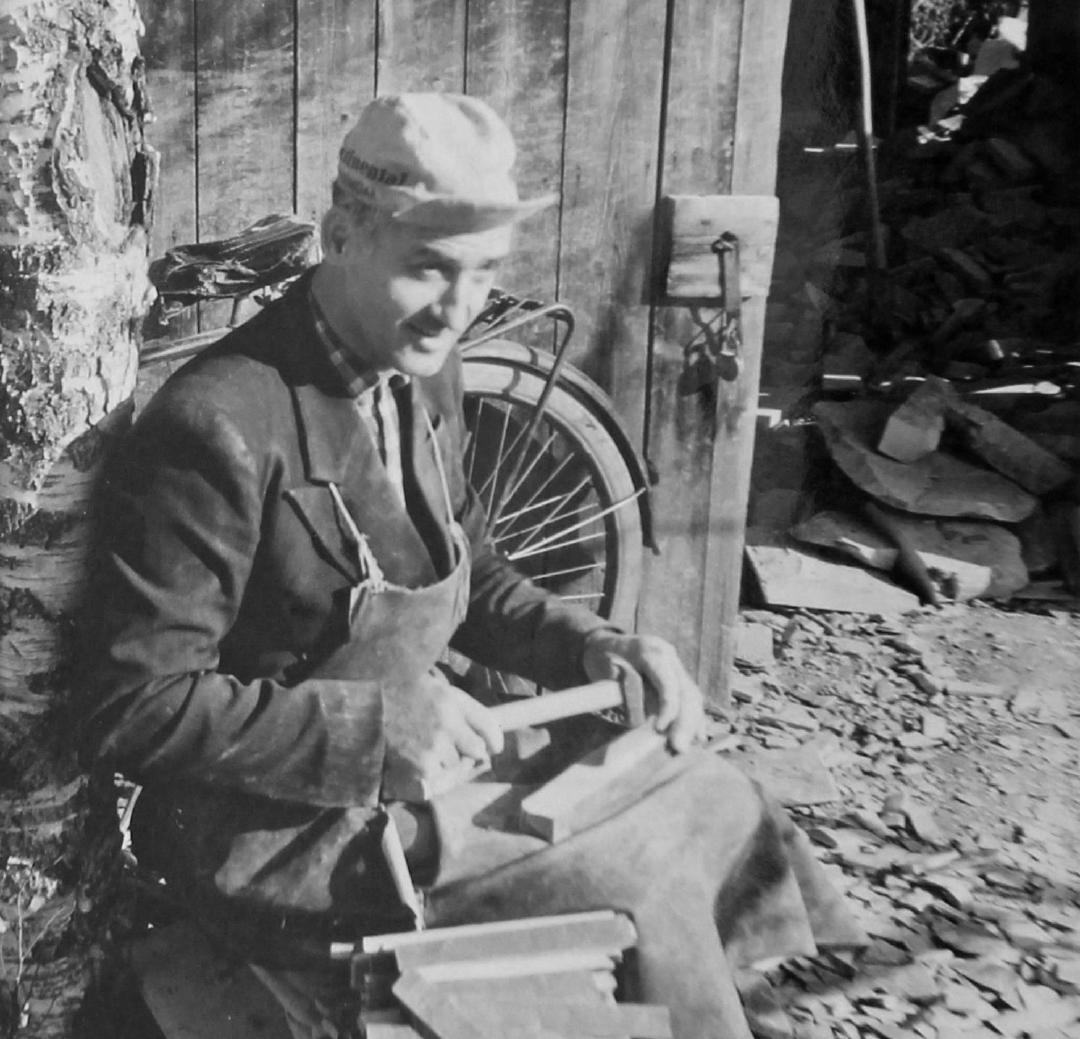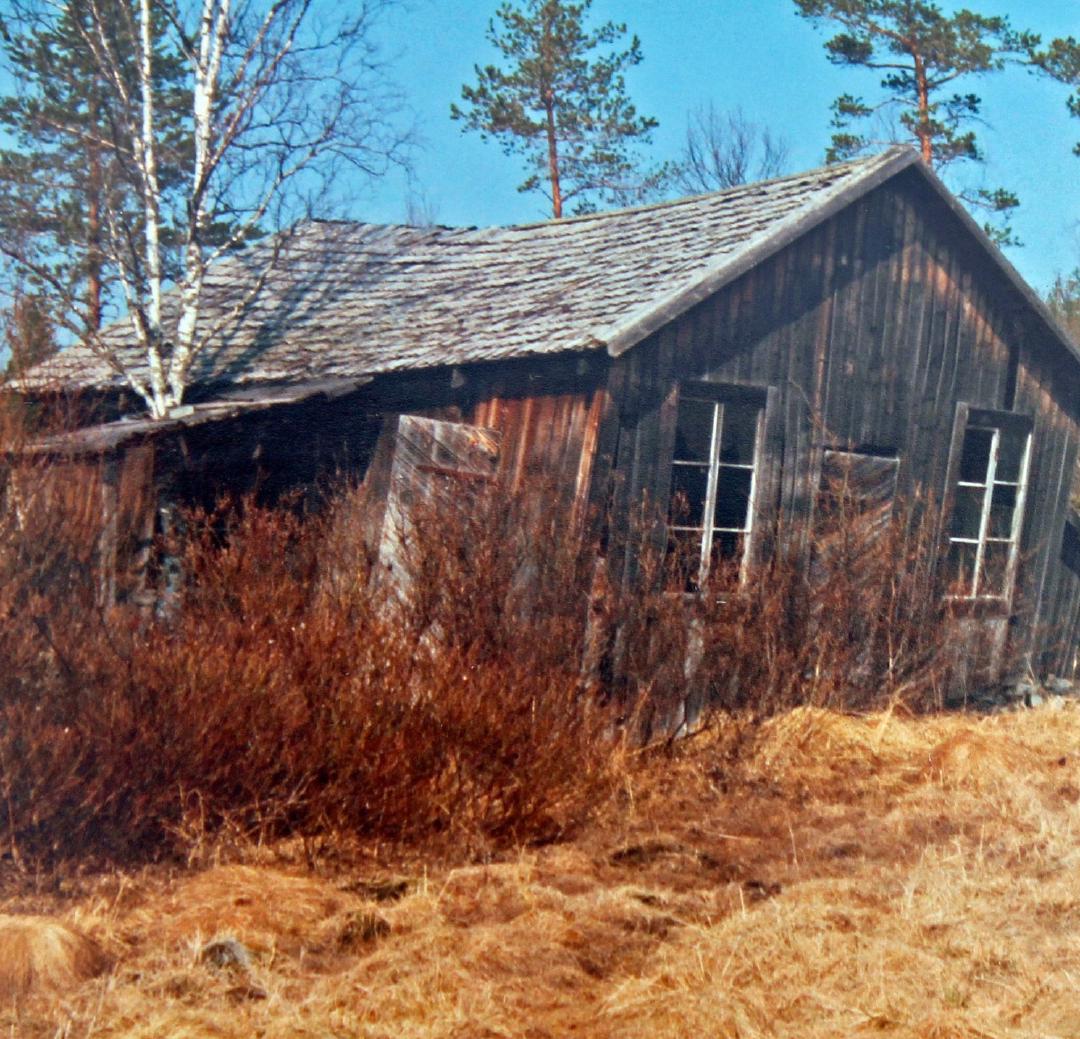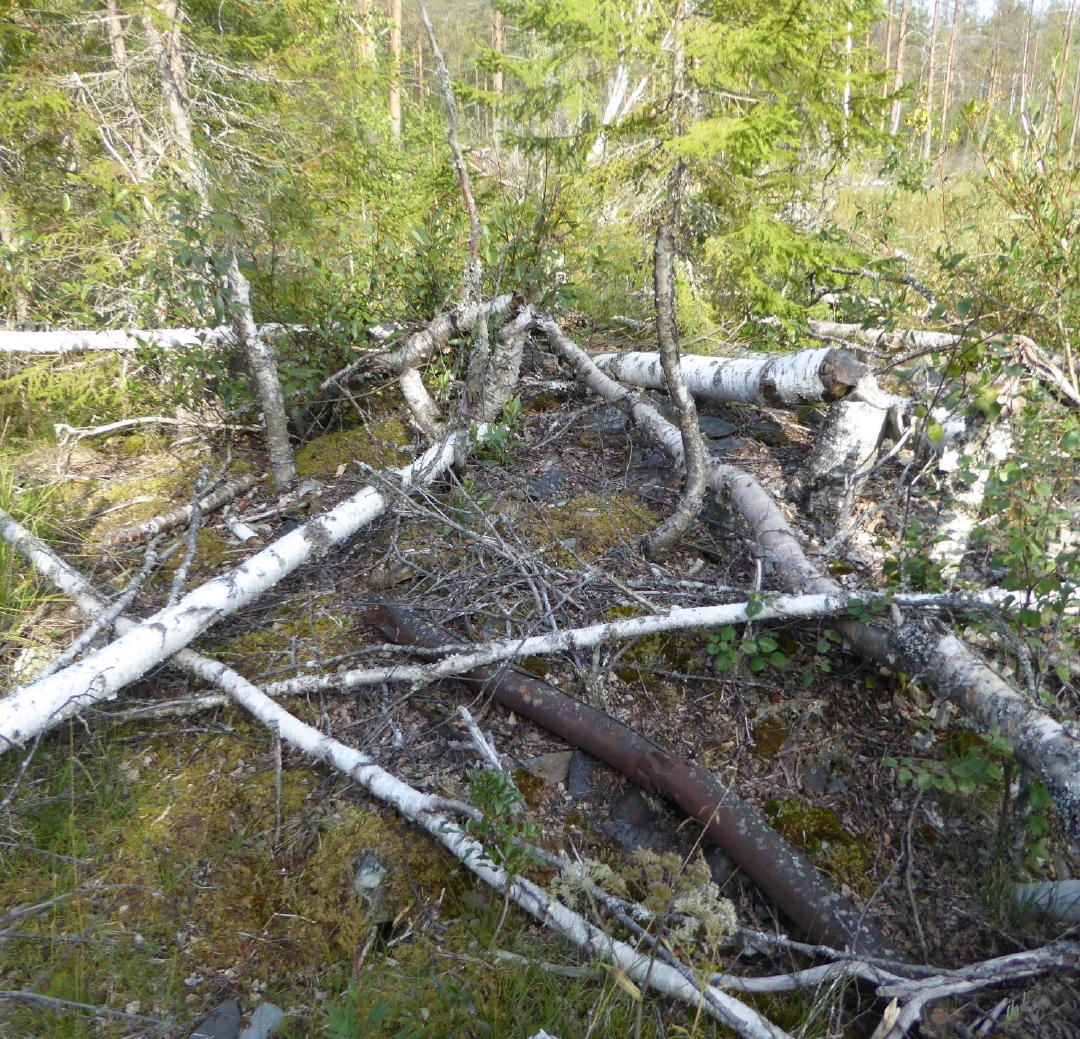History - A Brief Summary
History
The Name "Loosbrynet"
Loosbrynet means "Loos Whetstone", whoose name contrives from the location in which it is quarried and manufactured. Its first documented inhabitants were Forest Finns, who arrived in the untrod coniferous woodlands of Sweden in the 14th century. The locality of Loos (pronounced "loose", with modern variaion in spelling being Los) is situated in northwestern Hälsingland & has long sparked the interest of geologists; it was here that the discovery of Nickel was made, in a mine initiated by Henric Kahlmeter during the 18th-century. Kahlmeter noted in his writings a type of slate found uniquely within the Loos area, the same type of stone uncovered during excavations in Helgö, a trading location used by Vikings before relocating to Birka, taking the form of whetstones.
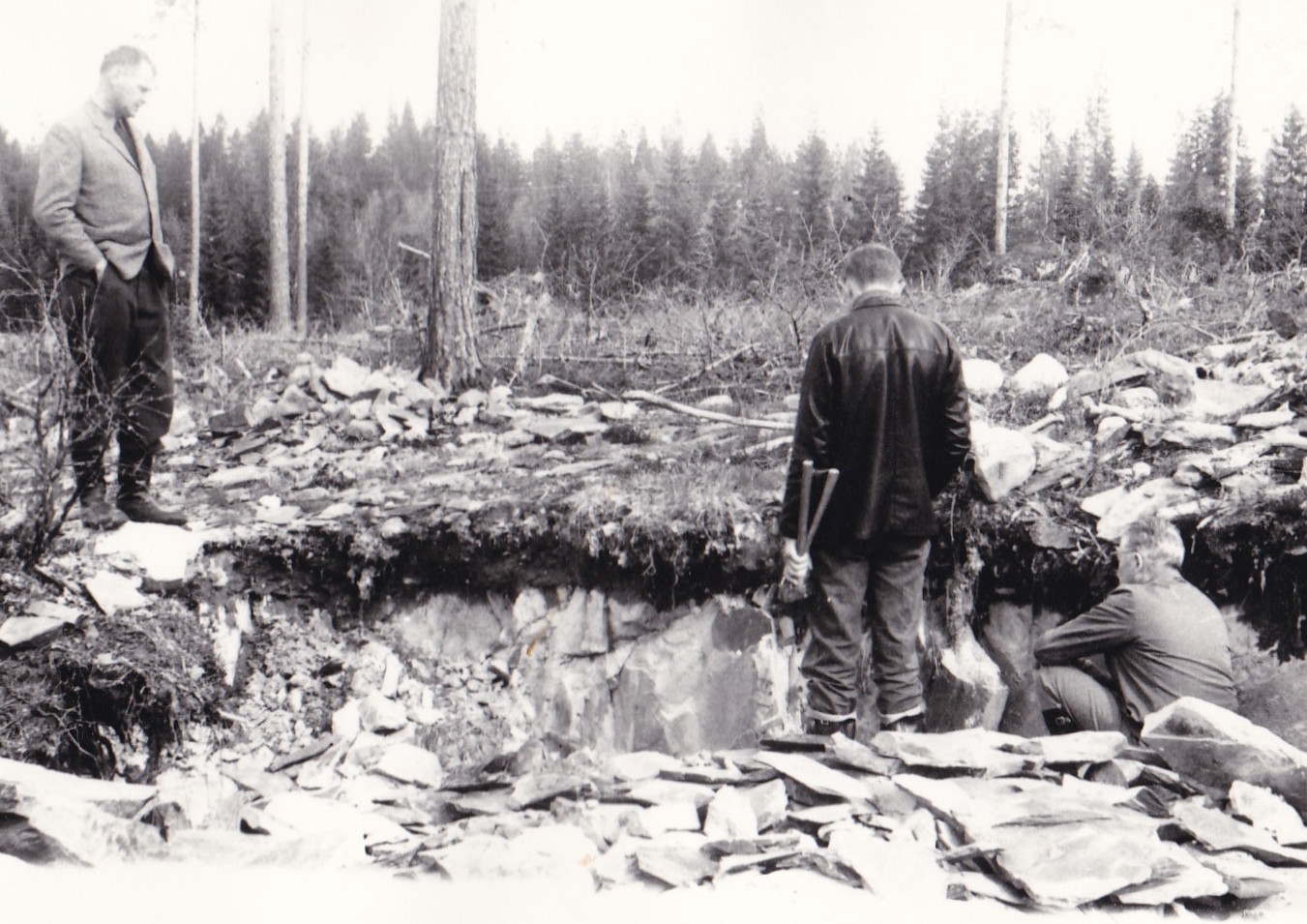
From the current quarry in Loos, taken during the 1960s.
The Loos slate was transformed from clay positioned in the ocean at around 1,87 billion years ago. It contains quartz, muscovite, chlorite, with lesser amounts of feldspar. It was formed through the most recent Svecofennian orogeny, making it a part of the 1,7-1,8 billion year old mountain range which in present day constitute the bedrock in northern to southeast Sweden aswell as the western and southern part of Finland. The clay in tandem with volcanic rock were pressed and extended downwards through tectonic plate interactions to a depth of around 10 km, at a temperature varying between 500-550°C (932-1022℉). The stone was reformed through elevated temperature and mountainous folding, giving it an optimal degree of cleavability. The slate is currently quarried at around 450 meters above sea level.
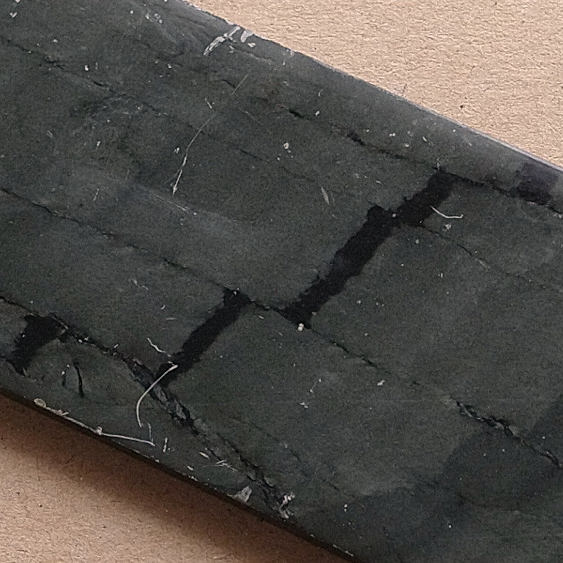
Slate from Loos having been pressed together through tectonic plate interactions.
Whetstones were being manufactured and sold at several yards in the northern part of Loos (called Ryggskog) during the 19th century. Products were made by hand. Quarrying of stones occurred during summer and were later transferred by horse and sledge in winter. While initially made for household needs only, whetstones began to sell in relation to further demand, as they were both practical and easily carried during forestry and haymaking.
Hans G. Borg built the first water powered sawmill near Österhocklan (western part of Loos) during the 1880s, which increased the manufacturing capabilities considerably. H.G. Borg carried stone from Ryggskog into Österhocklan in agreement with the forestry company who owned the land; the outcome being rivalry and even hostility among the villagers of Ryggskog. These companies had already obtained common land and homestead within the village; allowing mining permits to what was perceived as their land (and to an outsider) was a choice met in disapproval. Equipment were destroyed and a trial ensued between H.G. Borg and farmer Erik Persson. The verdict favored H.G. Borg, regarding 10 stacks of quarried stone which Erik Persson had to retrive or indemnify, along a smaller fine.
The following events occurred two weeks after the verdict against Erik Persson, favoring H.G. Borg. A worker from Ryggskog had wandered during daytime towards Västerhocklan, were he in proximity shoot a moose during illegal hunting season. He required help with carriage and so requested it from H.G. Borg including his sons. The cadaver were to be dismembered during evening and carried to Hocklabron and from there transferred by Borg through carriage. At the evening of June 25th, farmer Erik Persson and his son Edvard Eriksson also set foot towards Västerhocklan, supposedly with the intention of fishing, nevertheless, they also carried firearms. Kulpungen with assistance (the sons) were in procedure of carrying meat when they heard a gunfire; Erik Gustav Borg fell to the forest ground in conjunction, later deceasing during morning the 26th. Edvard Eriksson became guilty by verdict, however, persistent rumours occurred maintaining Erik Persson (his father) to be the true perpetrator of this event. Remaining sons Karl and Herman overtook manufacturing following the death of their father Hans G. Borg in 1899.
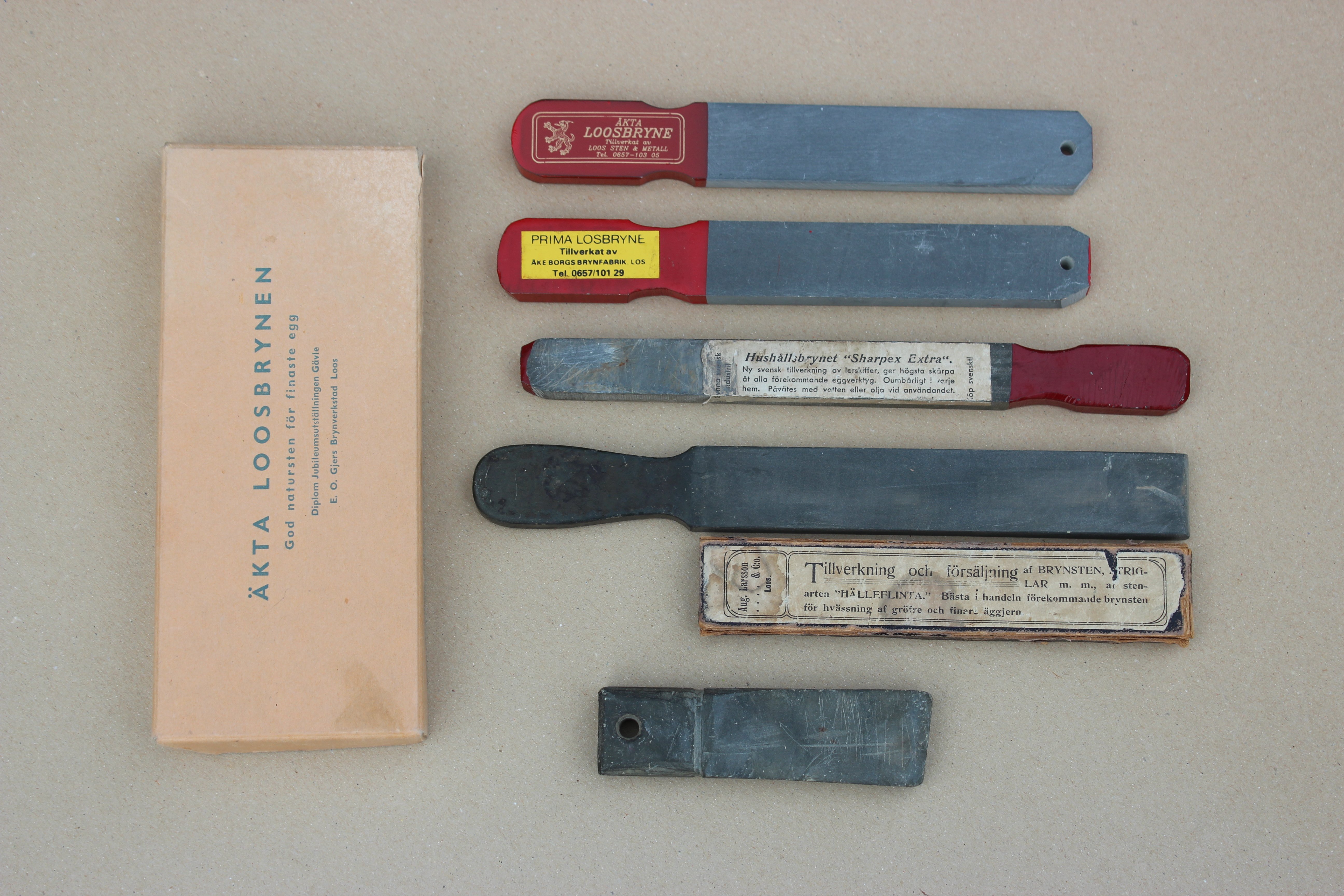
Mixed whetstones, the earliest of which being from the 1800s.
Herman Borg built a new mill in proximity to the old one which was being torn in 1939-1940. It was renovated in 1973 and still remains to this day. The mill at Österhocklan is today Sweden's only functioning water-powered whetstone sawmill. It is since 2017 administered by Loosgrufvan, and is nowadays primarily a place for tourists to visit.
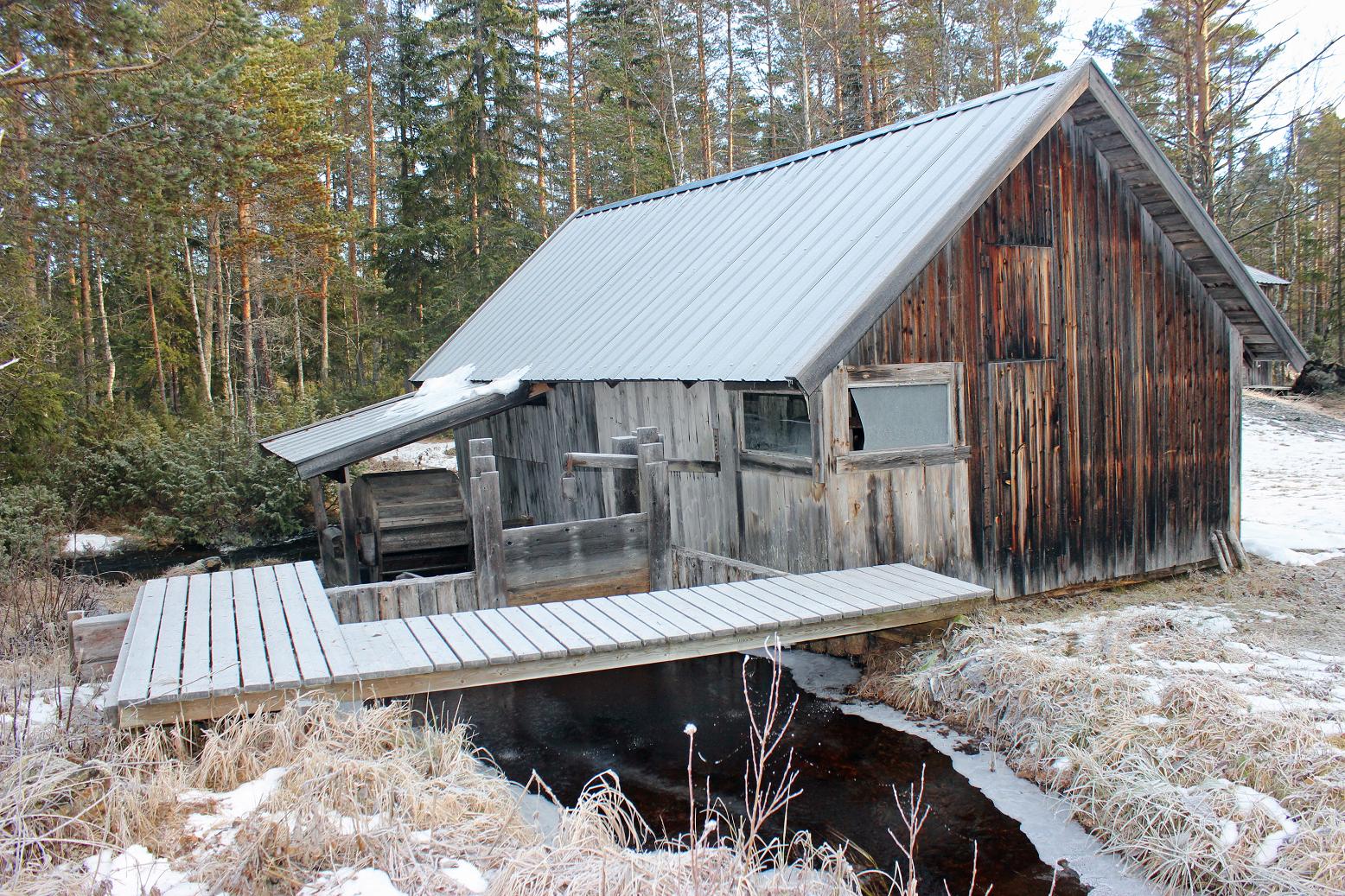
The saw was built by Herman Borg in 1940.
A mill is constructed around 1941 in Karlsmyr by the two sons of Karl, Åke and Östen, with help from Karl Gjers (Karl Borg had his house built on the mire, hence the name). Manufacturing was driven under the name "Brothers Borg's Whetstone Factory". Östen Borg moved to Tandsjöborg in 1944 to work at the railroad, whereby Åke Borg continued production alone under the name "Åke Borg's Whetstone Factory, Los". Only few indications exist today at the mire of Karlsmyr, such as whetstone splinter, pointing back to its previous age of whetstone manufacturing.
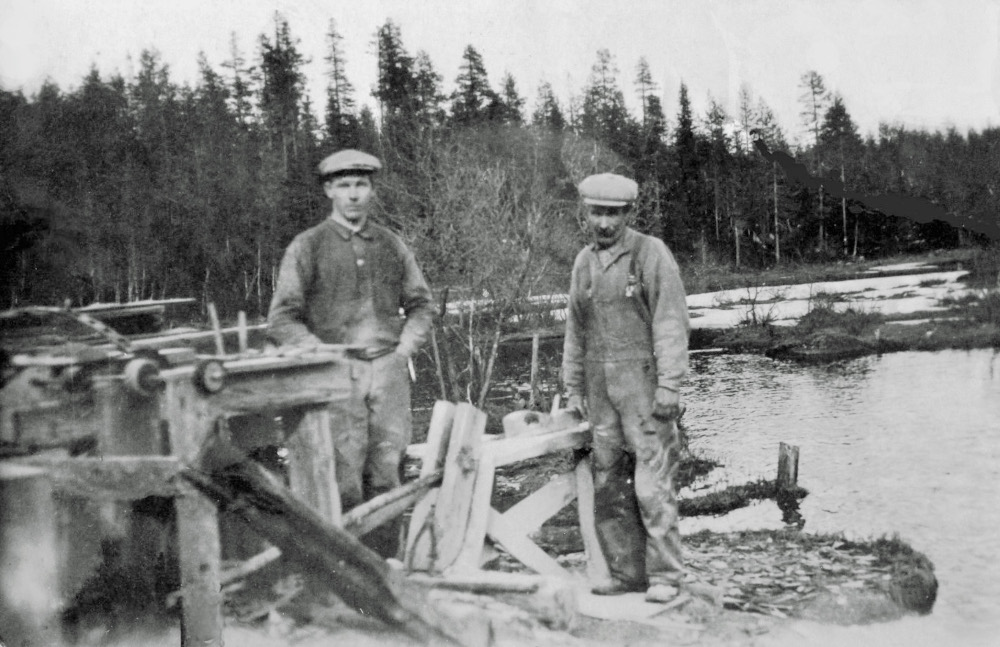
Enar & Karl Gjers using a whetstone planer.
Rävmyra
The mill in Karlsmyr was demolished in 1975, whereby Åke Borg continued whetstone manufacturing at his home in Rävmyra (Loos). He started using electrical equipment which he had previously been unconvinced of using, continuing production until the middle of the 1980s.
Gjers & Kvarnån
The miller Karl Gjers bulilt a water-powered saw in 1922 near the stream Kvarnån, his son Enar rebuilt and enhanced the saw with (among other things) turbines producing his own electricity. Enar advanced water-powered manufacturing the furthest, creating waterstones until his death in 1961.
Loosbrynet - Present Day"
The creation of whetstones has continued until our present day through Åke Borg's son-in-law Dick Persson, respectively grandchild Conny Persson (nowadays primarily known and active as a bladesmith/knifemaker specialized in damascus steel and mosaic patterns). Loosbrynet is currently being produced by Dick Persson in a self-enacted workshop and manufacturing location with a group of specially designed tools included in the process. Only 10% of all quarried stones are selected for use during manufacturing. More info...
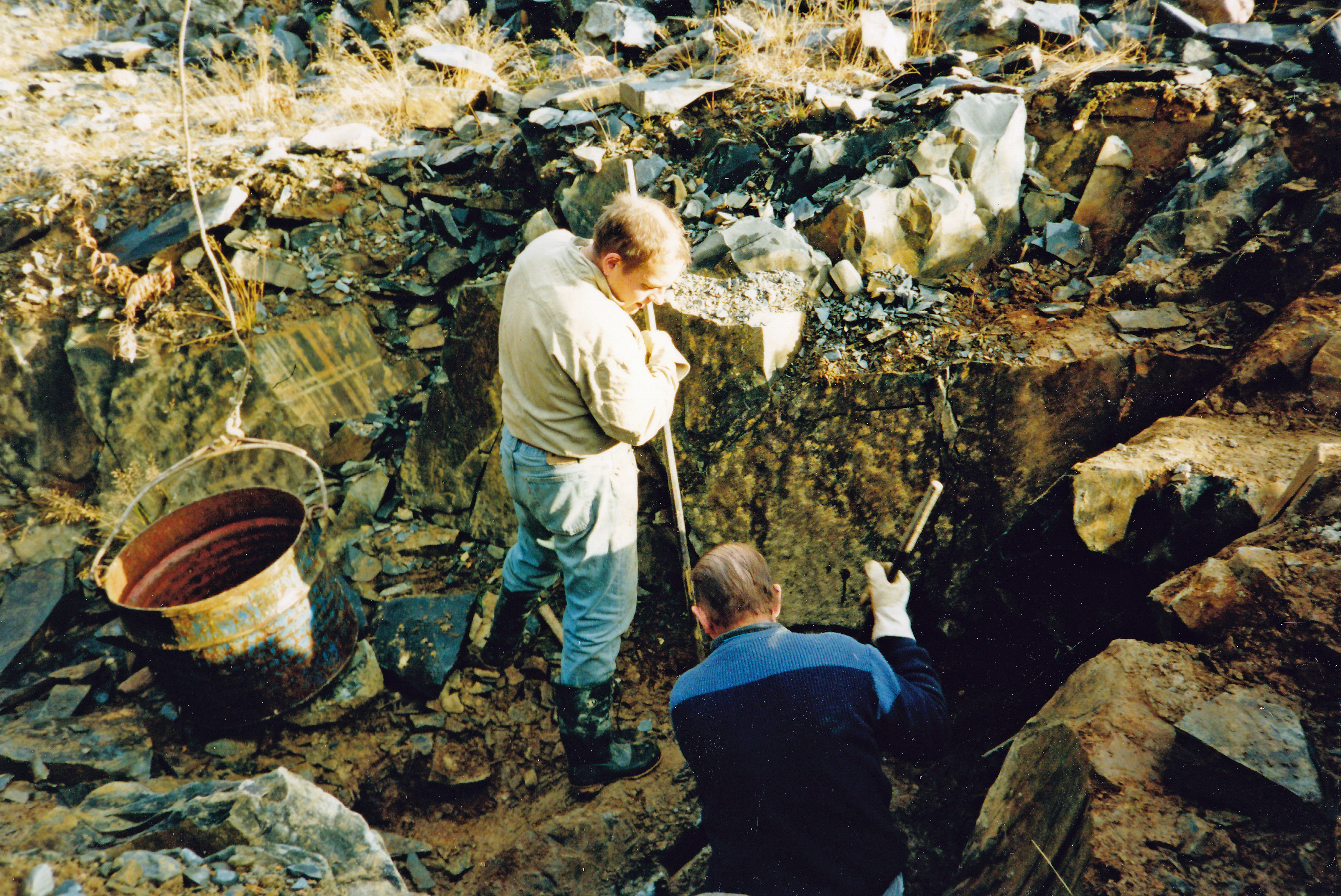
Conny & Dick Persson quarrying stone in Loos.
Other Information
Excavations from Birka:
Around 2500 waterstones were found in Helgö, the trading location used by Vikings before relocating to Birka (currently Björkö), of which some manufactured by shale from Loos during the period 500-600 years AD. (Source: Vikingarna på Helgö by Wilhelm Holmqvist)
KVA 1750: The Loos stone is mentioned for the first time in a publication by the Royal Swedish Academy of Sciences in 1750.
Information regarding geology were compiled by Thomas Lundqvist.


